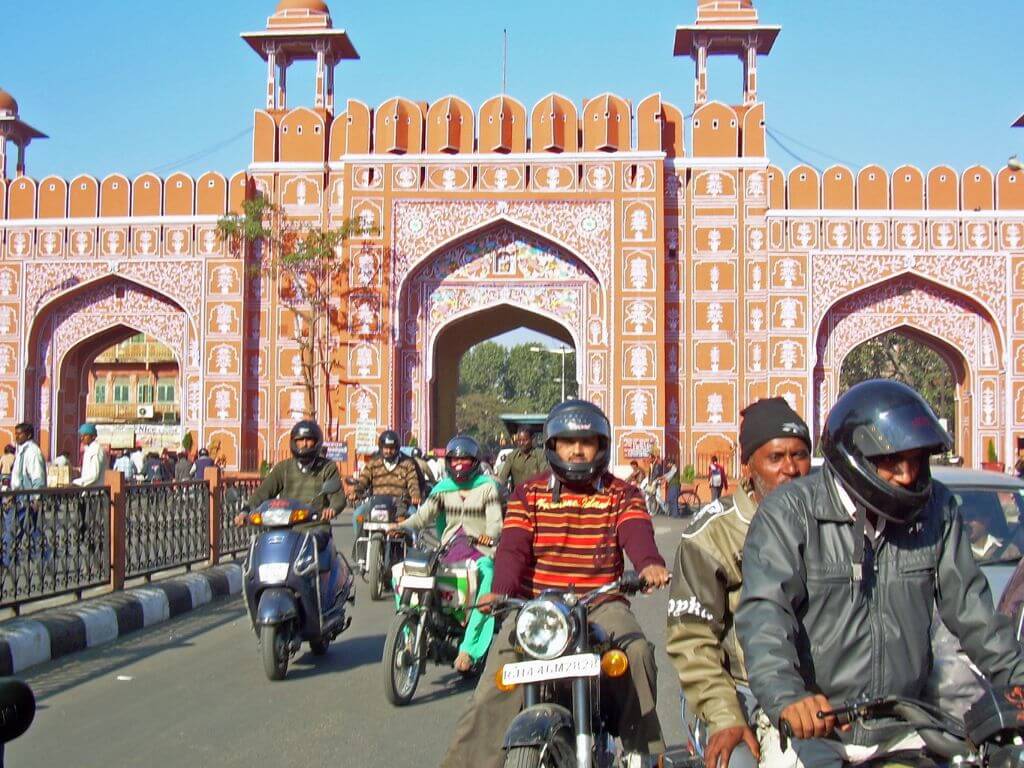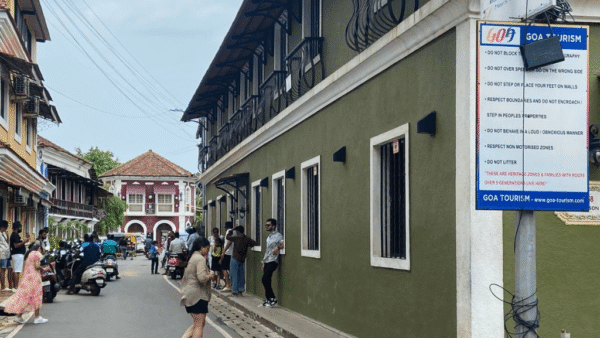The need for good public transport has been accepted by most policymakers, experts, and citizens in India and justified to help reduce vehicular pollution, congestion, and accidents in cities. In recent years, the availability of quality public transport systems has become important also thanks to the United Nations Sustainable Development Goals, of which SDG 11 promotes inclusive and sustainable urbanisation. The SDG Target 11.2 specifically mentions urban transport. Localising it involves city governments which should ensure a public transport system with at least two important dimensions of accessibility: physical and economic. This is important as India is expected to double its urban population over the next two decades.
While there is consensus in investing in an excellent public transport system, there seem to be divergent views on strategies to improve the quality of public transport systems. For instance, investment in the metro is justified and widely accepted. However, creating public transport priority on roads — exclusive right of way, junction designs to prioritise buses, and bus stop locations to ease bus commuters’ movement — has been opposed in many cities because it leads to increased congestion in car lanes.
All metro systems operating in Indian cities have 25-35 percent of the projected ridership. Since benefits and revenue generation are dependent on ridership, none of the systems have achieved the estimated benefits. Upgradation of bus systems has been linked to technology and promotion of electric buses but very little effort has gone into improving performances of buses. Public transport ridership continues to reduce in most cities and use of motorised two wheelers and cars continue to increase. A large proportion of the population continue to depend on walking and bicycling on roads which have high traffic risk and conflicts with motorised traffic because they cannot afford to use another mode of travel.
There are commuter preferences to take into account too – specifically vehicle ownership, availability of public transport, financial ability of the commuters, and land use patterns. The rising income levels and the increasing affordability of motorised personal vehicles have resulted in the increasing use of motorised two-wheelers (MTW) and cars for daily mobility. MTW ownership has been increasing much faster than car ownership in both urban and rural areas.
In addition, the availability and convenience of a certain mode of travel is also decided by the design of the infrastructure. Road designs in Indian cities are extremely hostile to pedestrians and cyclists. All public transport systems have access and egress trips largely as walk trips; the poor quality of pedestrian infrastructure affects their use. The important aspects of commuter preference for a mode of transport are convenience and reliability – these offered by personal vehicles, especially MTW, results in a large proportion of commuters choosing them for daily commute.
An efficient public transport system must compete with the convenience and comfort offered by a personal vehicle. The choice of the public transport system and its operations need to be identified based on the context of travel demand pattern as well as the inherent characteristics such as capacity, reliability, network connectivity, operating cost, capital cost of the public transport system.
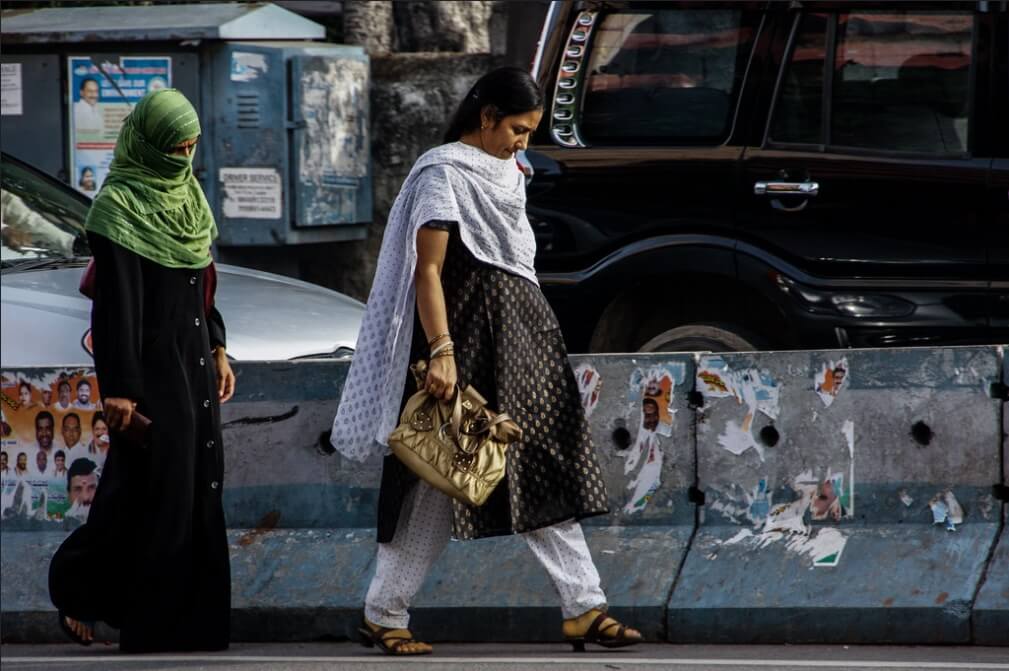
Photo: Wikimedia Commons
The different typologies
Various types of mass rapid transit or public transport system can be proposed for a city from the formal and closed like metro rail transit, light rail transit, suburban rail, and bus rapid transit to small-size buses and shared auto rickshaws operated informally by private operators. In addition, we also include the paratransit or intermediate public transport (IPT) as these serve a significant proportion of the travel demand.
Public transport systems can be classified based on the right of way (ROW) which can be shared, partially shared or exclusive, and ownership which is private or public or hybrid. The design, operations, and performance of the system is influenced by these factors. Road-based bus systems and IPT have shared right of way where buses or three-wheeled auto rickshaws move in mixed traffic conditions. Their performance is affected by the presence of other traffic.
Bus systems can be assigned exclusive lanes along the complete route or partial route. This is an at-grade system that mixes with other traffic at junctions; also, buses may travel in mixed traffic conditions. Bus system performance improves while moving in exclusive lanes. The rail-based systems are government owned whereas bus-based systems can range from complete government ownership to partially regulated by government or fully managed by private operators.
Definitions key system performance indicators for public transport system
| ROW | Right of way is the road space allocated or available for the movement of public transport vehicles. Rail based systems have exclusive ROW, except trams which run on rails in a shared ROW with other vehicles. Road-based systems can have exclusive ROW or shared ROW depending on the site constraints |
| Alignment | Public transport systems can have underground sections, elevated sections or at grade. Construction cost depends on the type of alignment selected. Systems which run on exclusive ROW are usually either underground or elevated. |
| Fuel | All rail-based systems run on electricity. Trolley buses also use electric traction systems. Electric buses and three-wheelers which run on batteries have been introduced in many Indian cities. Other road- based systems use either diesel or CNG. Electrification of public transport systems reduces local pollution, however, when electricity is produced by coal based thermal power stations, CO2 and GHG emissions increase. |
Operational Features
| Capacity | The capacity of a public transport system depends on the number of transit units (train or platoon of bus), number of coaches in each unit, number of passengers (standees and seating) in each of them, and frequency of transit units in an hour. A 6-car train, each car carrying 200 passengers running at 5-minute frequency provides a capacity of 14,400 passengers per hour. A bus platoon of 6 buses carrying 100 persons each running at 5-minute frequency provides a capacity of 7,200 passengers per hour. |
| Operational Speed
(Km/h) |
Operational speed of the public transport system largely depends on the spacing between two stops. In urban operations, maximum speed has almost no impact on the operating speeds. Shorter station spacing reduces the access distance, however reduces the operational speed as well. Journey speed for commuters includes times taken for access and egress and in vehicle (operational speed.) |
| Reliability | Systems operating on exclusive ROW have higher reliability (arrival and departure as per the schedule on all stops) because there is no interference from any other traffic. A road-based system can achieve high reliability if exclusive ROW can be ensured in the partial or full route. |
Understanding travel demand
In our observed variation of travel patterns in cities, the trip length varies by population size, area and income. The propensity to use public transport reduces as the distance increases. If the proportion of trip time spent on the access and egress stages is considerable, public transport trips become less attractive – and unimodal trips become attractive. Public transport catchment area is, therefore, not only a function of the absolute access and egress time but also of the relative share of total trip time.
Vehicle ownership and household income are other important factors that influence the choice of travel mode. For example, the average monthly income of metro rail users was INR ₹22,873 in Delhi (Bivina et al., 2019) while the bus users surveyed in Delhi had an average income of less than INR ₹15,000 (Suman et al., 2017). Affordability also determines the choice of the end users of public transport and this depends on whether one or more persons in a household travel.
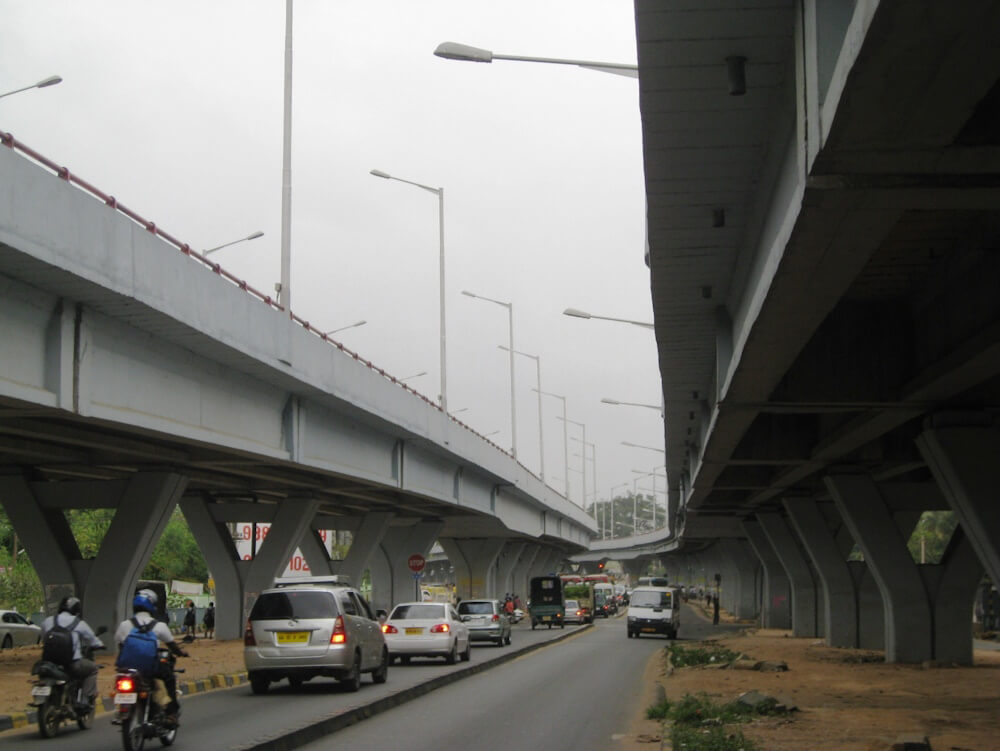
Photo: Wikimedia Commons
The appropriate public transport system
The selection of a public transport system should be guided by the mobility vision stated in the Comprehensive Mobility Plan (CMP) of a city. SDG 11.2 requires all citizens to have access to a safe and reliable public transport system within a walking distance of 500 metres. The heterogeneity in travel characteristics of different city sizes and diverse demand will require a combination of public transport systems. Therefore, the most important requirement is to have an integrated public transport system, varying by the size of a city.
The mobility infrastructure can be guided by the following set of questions and responses:
- How to reduce dependence on private motorised modes?
Motorised Two Wheeler (MTW) ridership and car ownership continue to rise in Indian cities. To reduce the dependence on them, a combination of public transport systems will be required – reliable and safe public transport within a maximum 500 metres walking distance. The door-to-door travel time by public transport should be less than the time taken by a MTW for the same distance. - How to retain current public transport users as income and vehicle ownership grow?
Most of the current public transport users are captive users who will shift to MTW or car when it becomes available and affordable. Public transport will have to match their comfort and reliability. A bus moving in a mixed traffic stream has at least 15-20 percent lower speed than a car or MTW. If it costs more than the marginal cost of using a MTW, current users will shift to MTW. Similarly, unless the bus has speed advantage over cars and MTW, it is difficult to retain current bus users. - How to increase the share of public transport users, pedestrians and bicyclists?The increase in public transport users is relevant if the shift occurs from MTW and car users. A new comfortable bus stranded in traffic will not be able to attract them but if a car is stuck in traffic, faces lack of parking at the destination and a reliable bus or metro service is available, then car and MTW commuters may consider shifting to public transport. The shift from bicycle and walking to the bus is desirable for long-distance commuters if it is available and affordable for them. Shifting to public transport faster than a bicycle or walking improves their access to employment opportunities.
- What proportion of the population can be served by the selected public transport system?
A public transport system should be accessible to people living within 500 metres walking distance of it. For long trips, commuters may decide to use either an IPT or a personal vehicle to reach the public transport stop which means it should be accessible at a distance of 1 kilometre. A combination of public transport systems will be able to serve the differentiated travel demand. City buses running on all major routes will provide an extensive network and access for a large population, high-capacity systems like metro or Light Rail Transit will be a good option for long trips. A smaller network of metro will be sufficient. By combining a network of buses, Bus Rapid Transit system or Trolleybus and the metro, almost 90 percent of the population will have access to public transport. Integration has to be at policy, planning, design and operational levels. - What level of subsidy will be required to run a quality public transport?
Public transport is a basic service like water, waste disposal and electricity services. The provision of a quality public transport system enables all citizens to access amenities essential for leading a healthy life. Therefore, it is the city or state government’s responsibility to ensure that a quality system is within an accessible distance of all citizens. The cost of planning, implementing and running a system will require partial or full government support. This will depend on the number of commuters using the system and availability of funds. At-grade bus systems are not capital intensive and have a wide coverage, but the revenue alone may not be sufficient for providing a quality service. High capacity systems like metro or Light Rail Transit are capital intensive. Careful financial planning should be done prior to implementing. The level of support required under alternative scenarios should be included given the uncertainty in ridership and implementation costs.
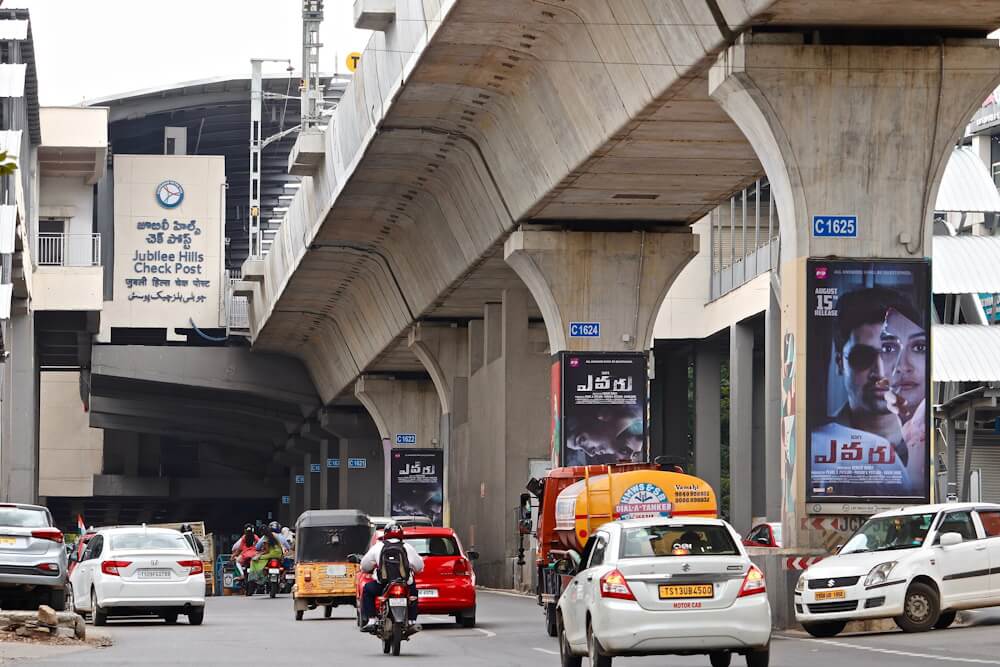
Photo: Wikimedia Commons
Integrated systems for different cities
We worked out five categories of cities based on population size and, accordingly, suitable public transport systems for each. In all cities, all roads should become walking and bicycling friendly, and intermediate public transport (IPT) may be made available for the whole city.
Category 1 cities with 1-5 lakhs: In such cities, trips shorter than 5 kilometres are suitable for walking, bicycling and intermediate public transport. These three modes also serve as feeder or access modes to high capacity public transport systems like bus but almost 55-60 percent of all trips will be served by these three modes. These cities have very low ownership of cars but very high ownership of MTW. Small buses run at a frequency of 10-15 minutes are required to attract users. Bulandshahr, Alwar, Mathura size cities fall in this category.
Category 2 cities with 5-10 lakhs: Nearly 50 percent of trips are shorter than 5 kilometres and suited for walking, bicycling and intermediate public transport which also serve as feeders to buses. In fast-growing cities where the population will reach 1 million in the next five years, a formal bus system with bus routes on all arterial roads is required to serve the peak demand and compete with the high ownership of MTW. Full buses on arterial roads, the IPT modes may be fixed route and serving individuals, a few exclusive bus lanes in the high demand corridor are some suggestions. Cities can also start planning higher capacity systems. Patiala, Ajmer, Mysore size cities fall in this category.
Category 3 cities with 10-40 lakhs: Nearly 45 percent trips are shorter than 5 kilometres and covered by walking, bicycling and IPTs which also serve as feeder or access modes to high capacity public transport like bus. In such cities, a formal bus system with a full network running on all arterial roads is required to serve the peak demand, with bus frequency of 10 per hour. Open Bus Rapid Transit System on major corridors, exclusive bus corridors to increase capacity, full buses on arterial roads, IPTs on fixed routes and individual demand are required. Here too, MTW ownership is generally much higher than cars. Therefore, the public transport system will have to compete with its reliability, availability and low cost. Such cities can start planning for higher capacity systems like the metro. Meerut, Bhopal, Agra, Visakhapatnam, Patna, Kanpur, Nagpur, Jaipur are some cities in this category.
Category 4 cities with 40-80 lakhs: Nearly 40 percent trips are shorter than 5 kilometres and undertaken by walking, bicycling and IPTs, which also serve as feeder or access modes for metro and bus. A formal bus system with a full network running on all arterial roads is for the peak demand. Bus routes at a frequency of 12 per hour, open BRT system, exclusive bus corridors to meet the peak hour demand will make it attractive for MTW and car owners. MTW ownership is generally much higher than cars in these cities, and public transport will have to compete. The bus system should be complemented with a high capacity system with an exclusive right of way such as the Light Rail Transit. Such cities can start planning systems like metro with complete exclusive right of way and strong integration with the existing bus network. Ahmedabad, Hyderabad, Pune fall in this category.
Category 5 cities with more than 80 lakhs: Only about 35 percent trips are shorter than 5 kilometres and suitable for walking, bicycling and IPTs, which are feeder or access modes to public transport modes like metro and bus. A formal bus system with a full network running on all arterial roads and bus routes at a frequency of 12 per hour are required during peak demand. Open BRT system on major corridors and exclusive bus corridors in peak hours may attract some MTW and car users. High capacity systems like the metro will be required to serve trips of more than 10 kilometres – about 17 percent of all trips. Metro and bus routes will need strong integration. Delhi, Mumbai, Chennai, Kolkata fall in this category.
To conclude, cities of different sizes have differentiated travel demands and patterns which should guide the choice of the public transport system to ensure that the majority of the citizens can access a high quality one; large cities with hundreds to kilometres of metro system must have a robust, reliable network of buses; there has to be integration between the metro, bus and last-mile connectivity by IPT; and planning should includes financial plans to construct and operate an integrated public transport system.
Geetam Tiwari is currently the Transportation Research and Injury Prevention Centre (TRIP) Chair Professor at the Department of Civil Engineering of the Indian Institute of Technology in New Delhi, India
Deepty Jain is an Assistant Professor at Indian Institute of Technology, Delhi, who specialises in transport for sustainable and healthy cities.
This is an excerpt from the study titled ‘A framework for selecting an appropriate urban public transport system in Indian cities’ prepared in 2023 with support from The Infravision Foundation. The full document can be accessed using the following link.
Cover photo: Wikimedia Commons

